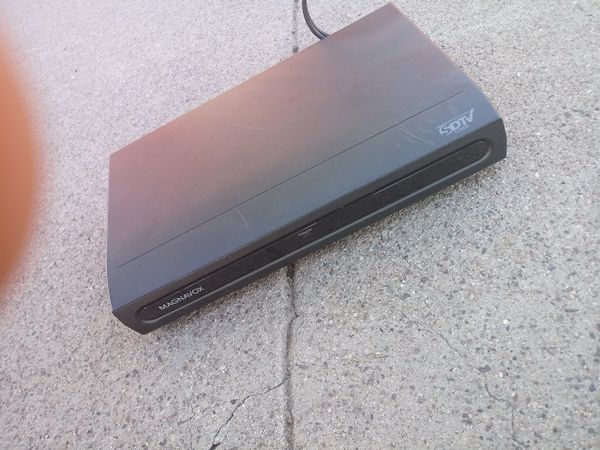

Digital Video Broadcasting (DVB) uses coded orthogonal frequency-division multiplexing (OFDM) modulation and supports hierarchical transmission.

Different digital television broadcasting standards have been adopted in different parts of the world below are the more widely used standards: A transition from analog to digital broadcasting began around 2000.

It makes more economical use of scarce radio spectrum space it can transmit up to seven channels in the same bandwidth as a single analog channel, and provides many new features that analog television cannot. It typically uses a widescreen aspect ratio (commonly 16:9) in contrast to the narrower format of analog TV. Modern digital television is transmitted in high-definition television (HDTV) with greater resolution than analog TV. At the time of its development it was considered an innovative advancement and represented the first significant evolution in television technology since color television in the 1950s. A map depicting digital terrestrial television standards List of digital television broadcast standardsĭigital television ( DTV) is the transmission of television signals using digital encoding, in contrast to the earlier analog television technology which used analog signals.


 0 kommentar(er)
0 kommentar(er)
